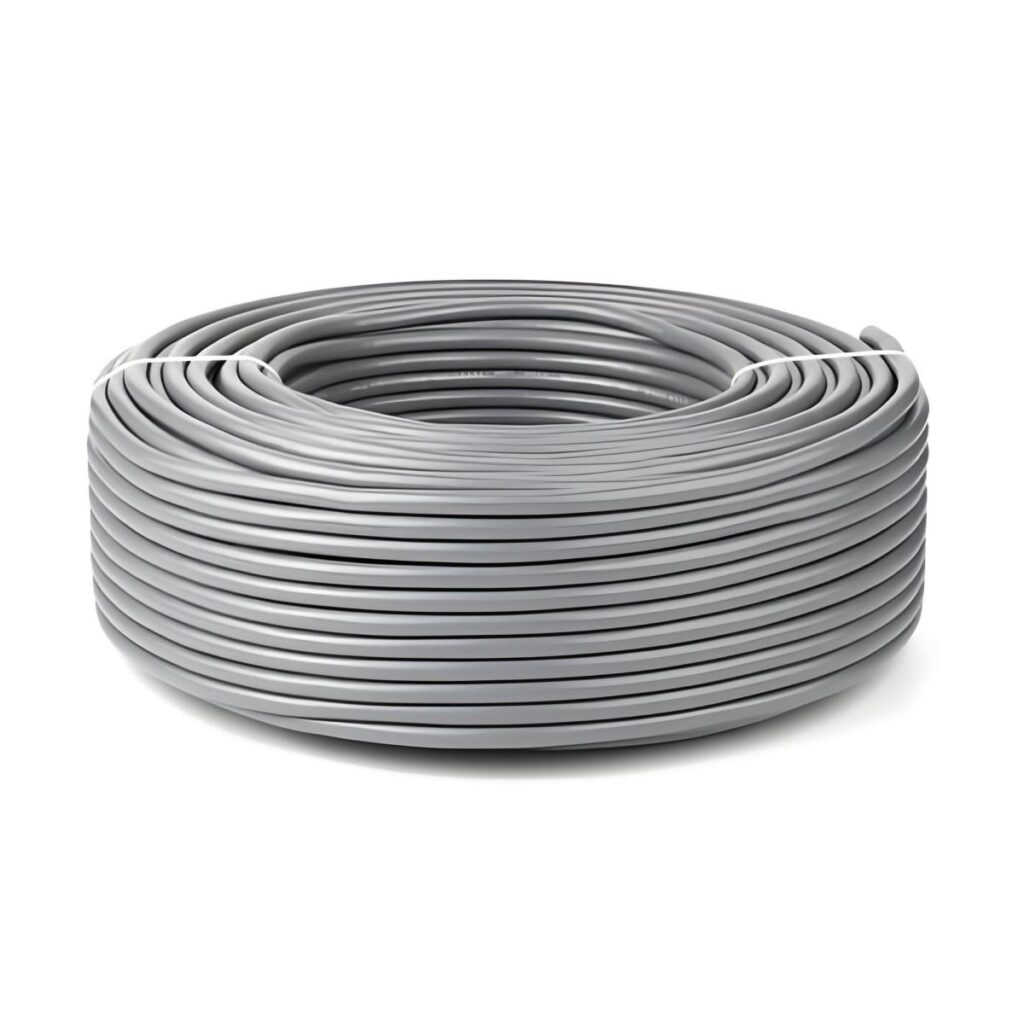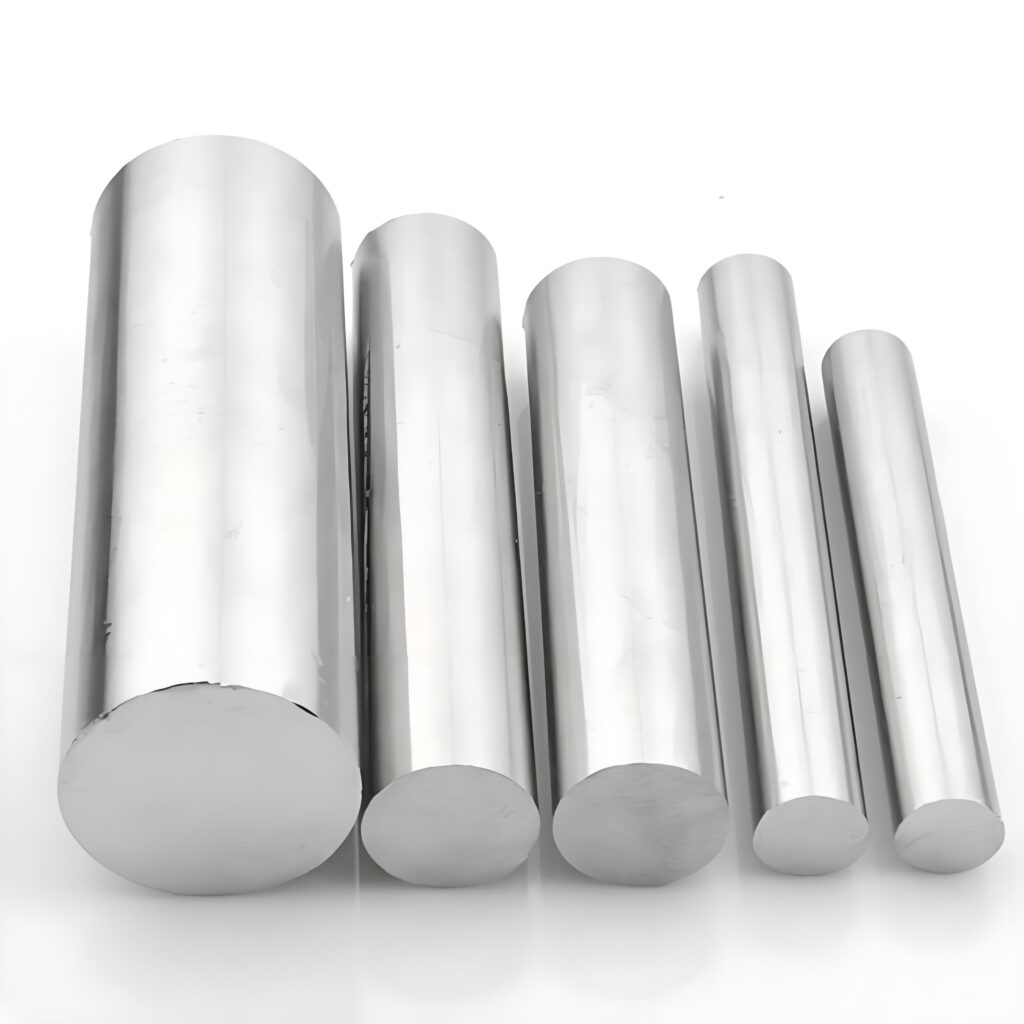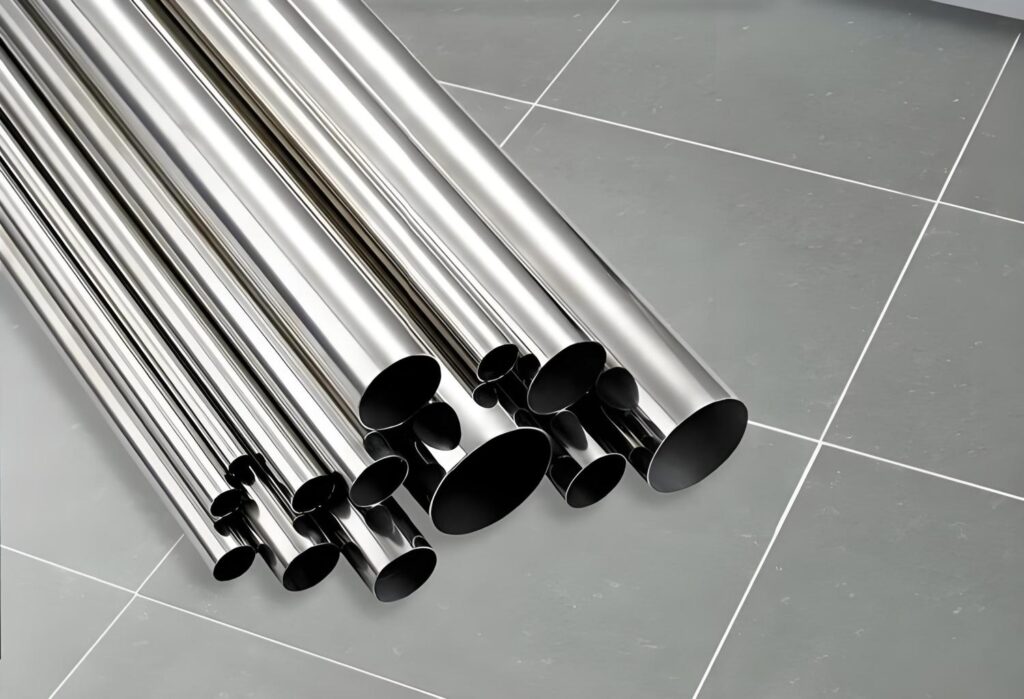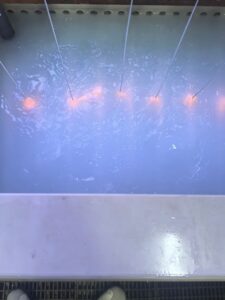430 Stainless steel is an essential material used across a wide range of industries. From kitchen appliances to automotive parts, this durable alloy is favored for its resistance to corrosion and attractive appearance. One specific grade that sees frequent use is grade 430. This material offers a good balance of corrosion resistance, formability, and affordability, making it a common choice for many manufacturers.In this blog, we will explore this stainless steel type in depth. Whether you’re new to the material or looking to refine your understanding, this guide will break down everything from its composition to its real-world applications.
What Is 430 Stainless Steel?
This grade belongs to the ferritic stainless steel family. That means it contains little or no nickel, which sets it apart from other common grades like 304 or 316. Ferritic stainless steels are magnetic and offer good corrosion resistance. Grade 430 is known for its excellent resistance to oxidation and stress corrosion cracking.
Unlike austenitic grades, this material does not harden when heat-treated. However, it does perform well in environments where exposure to mildly corrosive elements is a concern. For example, it is commonly used in indoor applications where moisture is present but chemical exposure is limited.
Because of its magnetic properties, this steel is also often used in applications where magnetism is needed.
430 Stainless Steel Composition
The secret behind 430 stainless steel’s performance lies in its chemical makeup. It’s primarily composed of iron, with a healthy dose of chromium—usually around 16-18%. Chromium is the star player here, giving 430 its corrosion-resistant superpowers. Unlike some other stainless steels, 430 has little to no nickel, which keeps costs down but also limits its ability to fight off rust in harsher conditions, like salty coastal air.
Here’s a quick breakdown of its typical composition:
- Chromium (16-18%): Provides corrosion resistance and that shiny, polished look.
- Carbon (0.12% max): Keeps steel strong but not brittle.
- Manganese (1% max): Adds strength and helps with forming the material.
- Silicon (1% max): Improves strength and heat resistance.
- Other elements: Trace amounts of sulfur, phosphorus, and iron make up the rest.
This mix makes 430 stainless steel magnetic (unlike some other stainless steels) and gives it a balance of strength and workability that’s perfect for certain applications.
430 Stainless Steel Properties
So, what makes 430 stainless steel tick? Its properties are what define its role in the machining world. Here’s a look at the key characteristics:
- Corrosion Resistance: 430 holds up well against mild corrosion, like moisture or cleaning chemicals, but it’s not the best choice for harsh environments like seawater exposure.
- Heat Resistance: It can handle high temperatures, making it great for things like oven liners or exhaust systems.
- Magnetism: Unlike 304 or 316 stainless steel, 430 is magnetic, which can be a plus for certain manufacturing processes.
- Formability: It’s easy to shape and bend, which is why it’s often used for decorative or functional parts.
- Strength: While not as strong as some other stainless steels, it’s tough enough for many everyday applications.
These properties make 430 a practical choice when you need a material that’s reliable without being overly complex or expensive.
Common Forms of 430 Stainless Steel Material
430 stainless steel comes in a variety of forms, each suited to different manufacturing needs. Whether you’re crafting a sleek appliance or a sturdy industrial component, there’s a form of 430 that fits the bill. Here are the most common forms:
- Sheets and Plates
Flat sheets and thicker plates of 430 stainless steel are popular for applications like kitchen countertops, appliance panels, and decorative trim. They’re easy to cut, shape, and polish, making them a favorite for both functional and aesthetic purposes.

- Coils
Coils are long, continuous rolls of 430 stainless steel, often used in high-volume manufacturing. They’re ideal for processes like stamping or forming, where large quantities of material are needed to create parts like automotive trim or appliance components.

- Bars and Rods
Round or flat bars of 430 stainless steel are used in machining projects that require strength and precision. These are often turned into fasteners, shafts, or structural supports.

- Tubes and Pipes
Hollow tubes and pipes made from 430 are common in applications like exhaust systems or fluid transport, where moderate corrosion resistance and durability are needed.
Each form is chosen based on the project’s specific needs, and 430’s versatility makes it a great fit for a wide range of uses.
Each form has its own advantages depending on the application. Sheets and coils are especially common in kitchen equipment and automotive interiors.

430 vs 304 Stainless Steel
When choosing stainless steel, one of the most common comparisons is between 430 and 304. Both are widely used, but they serve different purposes.
- Composition: 304 contains nickel (8-10.5%) and more chromium (18-20%) than 430, which has no nickel and slightly less chromium. This makes 304 more corrosion-resistant, especially in harsh environments.
- Cost: 430 is generally cheaper because it lacks nickel, which is a pricier element.
- Corrosion Resistance: 304 outperforms 430 in resisting rust, especially in salty or acidic conditions, making it better for marine or chemical applications.
- Applications: 430 is great for indoor or mild environments (like kitchen appliances), while 304 is often used in more demanding settings, like food processing equipment.
In short, if cost is a concern and the environment isn’t too harsh, 430 is a solid choice. For tougher conditions, 304 is the better bet.
316 vs 430 Stainless Steel
Another common comparison is 316 vs 430. Here’s how they stack up:
- Composition: 316 has nickel (10-14%) and molybdenum (2-3%), which 430 lacks. Molybdenum gives 316 superior corrosion resistance, especially against chlorides.
- Corrosion Resistance: 316 is the go-to for extreme environments, like coastal areas or chemical plants, while 430 is better suited for milder conditions.
- Cost: 316 is significantly more expensive due to its advanced composition.
- Applications: 316 is used in marine equipment or medical devices, while 430 is more common in household appliances or automotive parts.
If your project involves exposure to saltwater or aggressive chemicals, 316 is the winner. For less demanding uses, 430 keeps things affordable.
420 vs 430 Stainless Steel
Finally, let’s compare 420 and 430 stainless steel:
- Composition: 420 has a higher carbon content (0.15% min) than 430 (0.12% max), making it harder and stronger but less corrosion-resistant.
- Hardness: 420 can be heat-treated to increase its hardness, making it ideal for cutting tools or blades. 430 is softer and better for forming.
- Corrosion Resistance: 430 outperforms 420 in rust resistance, especially in mild environments.
- Applications: 420 is often used for knives or surgical instruments, while 430 is found in decorative or structural components.
If you need a material for cutting or high-wear applications, 420 is the choice. For general-purpose use with better corrosion resistance, 430 shines.
Advantages of Using 430 Stainless Steel
430 stainless steel has plenty of perks that make it a favorite in the machining world. Here’s why it’s a great pick for many projects:
- Cost-Effective
Thanks to its low nickel content, 430 is one of the more affordable stainless steels. It’s a great option when you need quality without a hefty price tag.
- Decent Corrosion Resistance
While it’s not as robust as 304 or 316, 430 holds its own in mild environments. It resists rust from moisture, mild acids, and cleaning agents, making it perfect for indoor or controlled settings.
- Heat Resistance
430 can handle high temperatures without losing its shape or strength, which is why it’s often used in heat-exposed applications like oven liners or exhaust systems.
- Easy to Work With
Its formability makes it a machinist’s dream. Whether you’re bending, cutting, or shaping, 430 is cooperative and versatile.
- Magnetic Properties
Being magnetic, 430 is useful in applications where magnetism is a plus, like certain manufacturing processes or magnetic fixtures.
- Aesthetic Appeal
With a bit of polishing, 430 stainless steel can look sleek and modern, making it a popular choice for decorative applications like appliance panels or architectural trim.
Disadvantages of Using 430 Stainless Steel
No material is perfect, and 430 stainless steel has its limitations. Here’s what to keep in mind:
- Limited Corrosion Resistance
Compared to 304 or 316, 430 is less resistant to rust, especially in harsh environments like coastal areas or chemical plants. It’s not the best choice for outdoor or high-corrosion settings.
- Not as Strong
430 isn’t as tough as high-carbon stainless steels like 420. For heavy-duty structural applications, other materials might be a better fit.
- Susceptible to Pitting
In certain conditions, 430 can develop small pits or surface corrosion, especially if exposed to chlorides or prolonged moisture.
- Less Weldable
While it’s formable, 430 isn’t the easiest stainless steel to weld. It can become brittle in the welded area, requiring extra care during fabrication.
For projects where these drawbacks are a concern, it might be worth exploring other stainless steel grades or consulting with a machining expert to find the right fit.
Applications of 430 Stainless Steel
430 stainless steel’s versatility makes it a staple in many industries. Its balance of cost, durability, and aesthetics opens the door to a wide range of uses. Here are some common applications:
- Kitchen Appliances
From refrigerator panels to dishwasher interiors, 430 stainless steel is a favorite for its polished look and resistance to kitchen moisture and cleaning agents.
- Automotive Parts
Exhaust systems, trim, and decorative components often use 430 because it can handle heat and mild corrosion while keeping costs low.
- Industrial Equipment
In factories or workshops, 430 is used for components like conveyor belts, storage tanks, or machine casings where moderate corrosion resistance is enough.
- Architectural Trim
The shiny, polished finish of 430 makes it a great choice for decorative elements like wall panels, railings, or elevator interiors.
- Household Goods
Items like sinks, cookware, or cutlery often rely on 430 for its affordability and ability to look good with minimal upkeep.
- HVAC Systems
Heating, ventilation, and air conditioning systems use 430 for ductwork or components that need to withstand heat and mild environmental exposure.
These applications show just how adaptable 430 stainless steel is, making it a go-to for projects where cost and performance need to align.
Why Choose 430 Stainless Steels with Precionn?
When it comes to machining 430 stainless steel, partnering with the right team makes all the difference. Precionn specializes in precision machining, offering expertise in working with materials like 430 stainless steel to create high-quality components for industries ranging from automotive to household goods. With a focus on delivering reliable, cost-effective solutions, Precionn ensures that every project meets the highest standards of quality and durability. Whether you’re exploring 430 stainless steel for a new product or need guidance on material selection, Precionn’s team is ready to help bring your vision to life.




